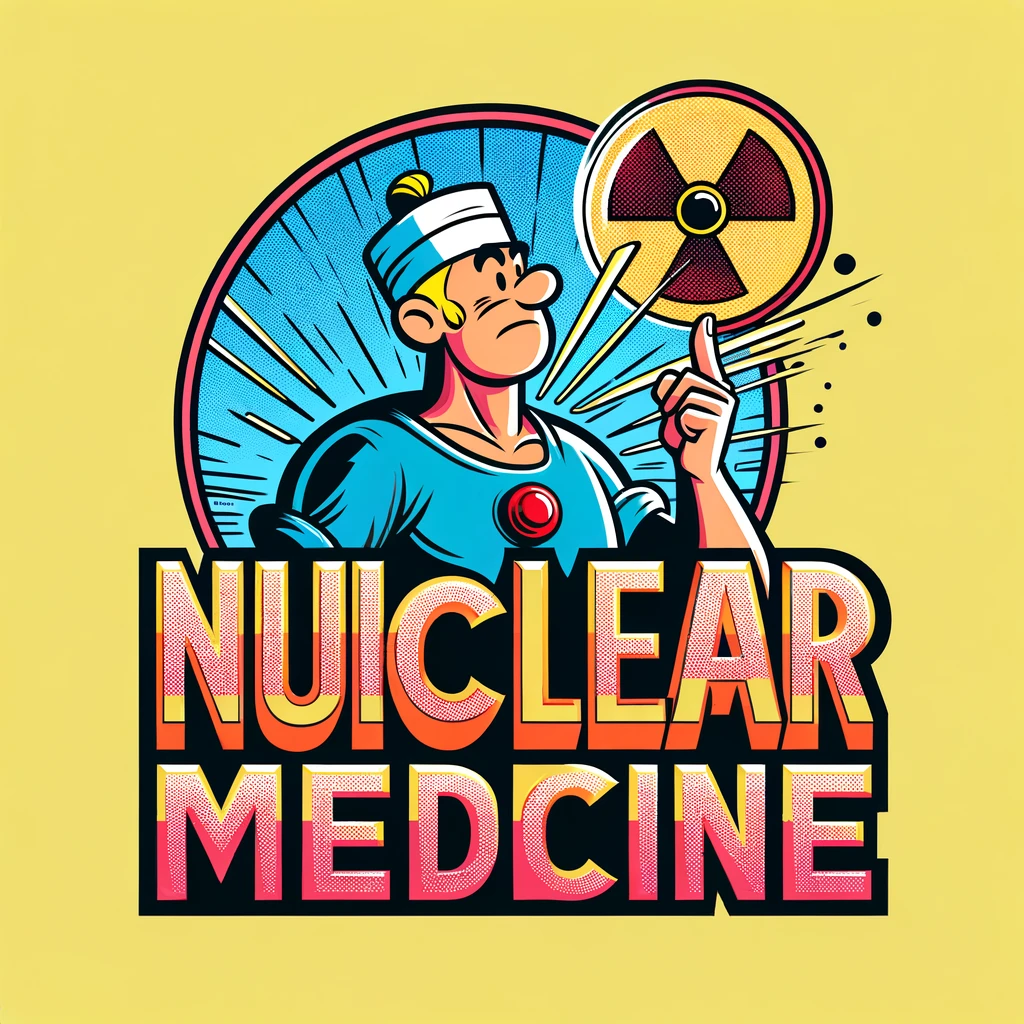Discover how cutting-edge genome editing is revolutionizing the dairy industry by creating Holstein Friesian cattle that stay cooler and more comfortable, potentially increasing their well-being and productivity.
– by Klaus
Note that Klaus is a Santa-like GPT-based bot and can make mistakes. Consider checking important information (e.g. using the DOI) before completely relying on it.
Production of light-coloured, low heat-absorbing Holstein Friesian cattle by precise embryo-mediated genome editing.
Wei et al., Reprod Fertil Dev 2023
DOI: 10.1071/RD23163
Ho-ho-ho! Gather ’round, my dear friends, for I have a tale that weaves the magic of Christmas with the wonders of modern science. Imagine, if you will, a world where the elves in the workshop aren’t just crafting toys, but are also tinkering with the very building blocks of life itself!
In this yuletide yarn, our workshop is a laboratory, and the elves are scientists with a sleigh full of genome editing tools. Their mission? To bestow upon animals, specifically cattle, a gift more precious than gold: beneficial genetic traits that can be passed down in a single generation. And how, you ask, do they achieve this Christmas miracle? Why, by using a bit of molecular magic known as TALEN editors, which are like tiny scissors that snip and shape the DNA with the precision of a master toymaker.
Now, in the past, creating such wondrous creatures required a process akin to building a snowman, piece by piece, through somatic cell nuclear transfer cloning. But alas, this method was as tricky as ice-skating uphill, often leading to a coal-laden stocking of developmental problems and animal welfare concerns.
But hark! Our intrepid elves had a eureka moment as bright as Rudolph’s nose. They decided to edit the very first chapter of life’s story: the fertilised one-cell embryos. By injecting these tiny bundles of joy with their TALEN editors and a repair template, they introduced a festive variant into the PMEL gene, known to cause a coat color as diluted as a watered-down eggnog.
Before these embryos could nestle all snug in their surrogate beds, the elves performed a little pre-transfer check-up, using polymerase chain reaction and sequencing to ensure the edits were as intended. And what to their wondering eyes did appear? Calves with precision-edited genotypes, non-mosaic and clear!
These calves, born of high genetic merit parents, donned coats with a color so diluted, it could make a snowman jealous. And just like a white Christmas reflects the sun’s rays, these calves’ coats absorbed less thermal energy, keeping them cooler than a winter’s breeze.
Now, while the biopsy screening wasn’t as perfect as Santa’s list (which he checks twice), the results were still as merry as Christmas morning. The study proved that with a little elf-like ingenuity, we can adapt our bovine friends to changing climates faster than Santa can travel the globe.
So there you have it, my jolly friends, a story of science and Christmas cheer, where the gift of knowledge helps our cattle friends far and near. And with that, I bid you a good night, with visions of genetically edited calves dancing in your head, just right! 🎅🎄
